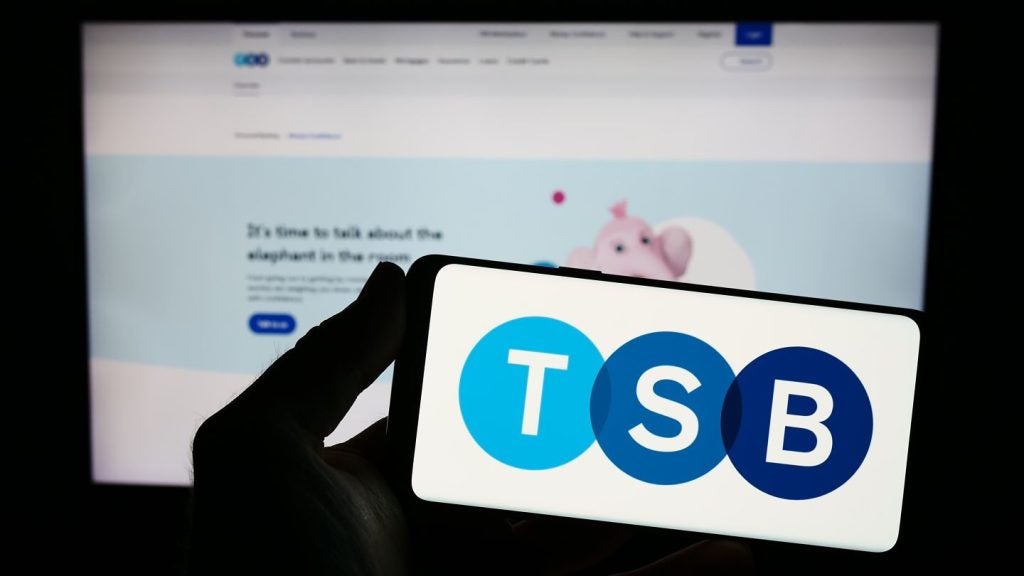Elisa Ghanem, Global Head of Market Intelligence and Financial Services at Capgemini, finds that banks are struggling to keep up with changing industry dynamics. He identifies three factors currently trending in the retail banking universe.
The financial services industry is undergoing significant change. A nexus of influences – rising customer expectations, mounting operational costs, leading-edge technology, a shifting risk landscape, regulations du jour, and growing competition from tech-savvy newcomers – has indelibly altered the playing field. It’s no surprise that in their quest to remain relevant retail banks are scrambling to adapt and align their business models and offerings.
These days, consumers accustomed to intuitive and individualised service from tech giants (think Google, Apple, Facebook, and Amazon) expect a seamless journey and smart, omnichannel banking tailored to their immediate needs. So, the pressure to improve customer service is palpable.
Intelligent solutions
Banks, large and small, are adopting artificial intelligence (AI) to fuel intelligent solutions that streamline and optimise operational processes. Intelligent banks are also generating insights to anticipate, understand, and meet the needs of individual customers.
By analysing vast amounts of readily-available bank customer data, firms are gaining keen perspectives to help them develop new products and services that resonate with millennials and Gen Z while keeping long-time customers happy.
Design thinking
Design thinking methodology is gaining ground as retail banks assume an empathetic or customer-centric approach and consider new products and services within a human context.

US Tariffs are shifting - will you react or anticipate?
Don’t let policy changes catch you off guard. Stay proactive with real-time data and expert analysis.
By GlobalData
Source: Capgemini Financial Services Analysis, 2019
Today’s increasingly dynamic banking ecosystem offers established firms new and unexplored opportunities while encouraging them to transition beyond the traditional with services such as point-of-sale financing and unsecured consumer lending.
Collaboration with new age partners (FinTech and RegTech firms) is now typical, while a shared marketplace built around standardized application programming interfaces (APIs) becomes inevitable.
The shared Open X marketplace of the future will require players to work collaboratively.

Source: Capgemini Financial Services Analysis, 2019
Open X
The post-Open Banking transition to Open X is fueling profit around rebundling products and services. Rebundling via partnerships among financial and non-financial ecosystem players is clearing a path to sustained transformation and growth for all participants.
For a glimpse into the fast-changing retail banking ecosystem and the tools and solutions firms are using to meet new-age challenges, be sure to read Capgemini’s soon-to-publish Top Retail Banking Trends: 2020.







